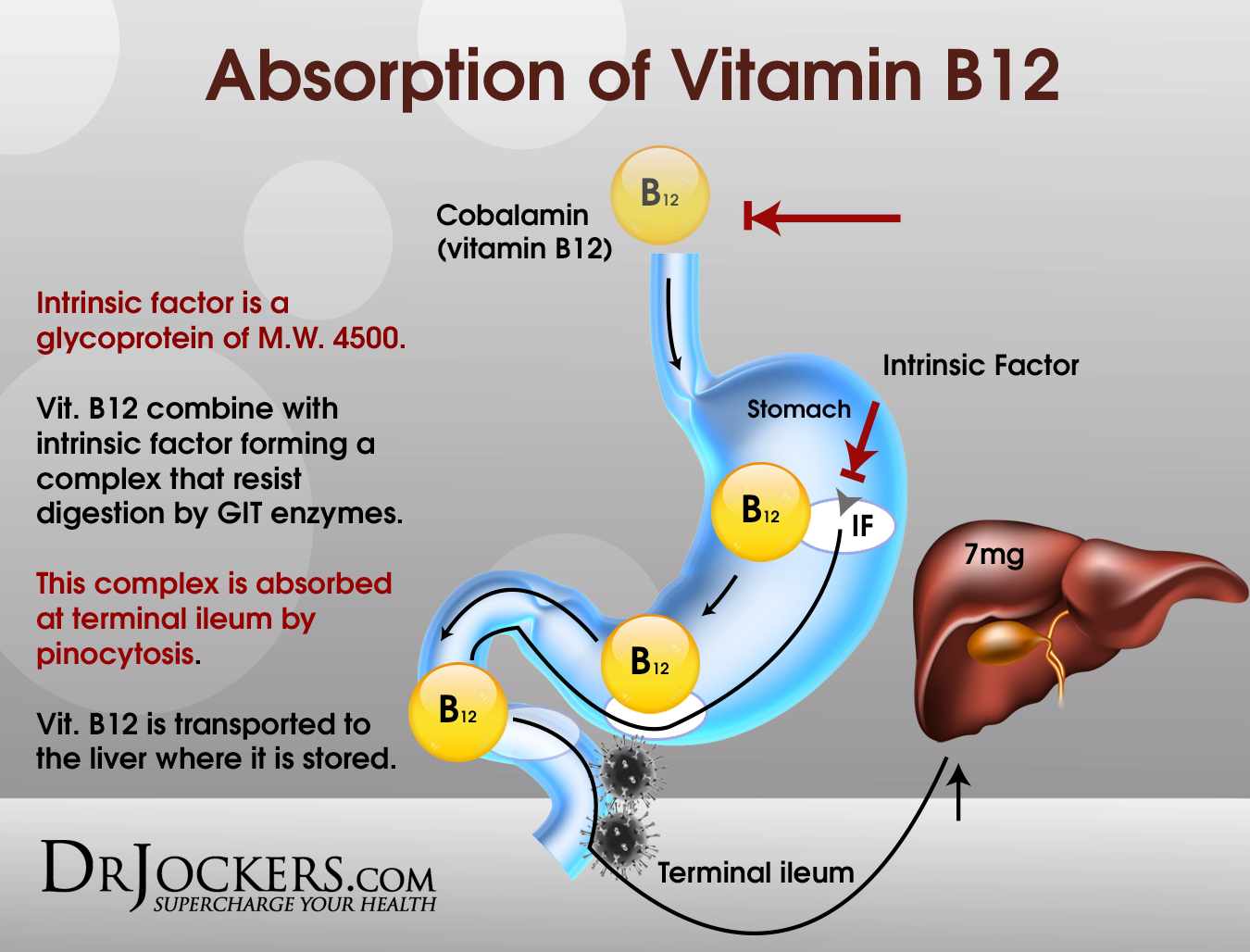

alginolyticus, Vibrio parahaemolyticus and V. The use of organic acids, produced by organisms and used as preservatives and bacterial control in food, agriculture, and animal production, is another potential strategy to control bacterial diseases in animal production. The administration of probiotics is one of the alternative strategies that may be used in aquaculture their benefits include the potential for colonization in the gastrointestinal tract, selective antagonism against bacterial pathogens, improvement of the shrimp immune system, enhanced shrimp growth and survival, degradation of detritus and maintenance of water quality. In this context, alternative strategies of disease control are necessary to replace antibiotics for use in animal production, which has led to consider the use of natural products to control the growth of pathogens in shrimp hatcheries. For these reasons, the regulation of antibiotics is rigorously controlled, resulting in few antibiotics authorized for use in aquaculture. However, the use of antibiotics carries important disadvantages, these being residues in aquaculture products, development and propagation of resistance between pathogens, including human pathogens. Therefore, the efficiency of therapeutic products is of vital importance for the control of aquaculture diseases.Īntibiotics are extensively used as prophylactics against bacterial pathogens. harveyi, and Zoea 2 syndrome, caused by V. In Ecuador, shrimp hatcheries have suffered from some bacterial diseases caused by pathogens of the Vibrio genus, such as Bolitas nigricans syndrome, caused by V. Vibrio spp, such as Vibrio harveyi, Vibrio alginolyticus and Vibrio campbellii are recurrent pathogens in shrimp hatcheries in America and Asia. One of the main concerns in shrimp hatcheries are the bacterial pathogens.

The high demand of postlarvae to support the cultured shrimp industry and consequently the intensification at hatchery level, together with the trade of aquatic animals and their associated products, has increased the occurrence of infectious pathogens in this production stage. Shrimp producers can apply relatively simple in vitro analyses, such as those employed in this study, to help take adequate management decisions to reduce the impact of bacterial diseases and increase profit. From a total of 16 natural products (five probiotics, nine organic acids and two essential oils), only three (one probiotic, one organic acid and one essential oil) were effective to control most of the strains. A multiple antibiotic resistance (MAR) index of 0.23 showed some level of resistance to antibiotics, with two MAR prevalent patterns (Penicillin-Oxytetracycline and Penicillin-Oxytetracycline-Tetracycline). Less efficient antibiotics were penicillin, oxytetracycline and tetracycline. Through antibiograms and minimal inhibitory concentration (MIC) in vitro tests we found that furazolidone, ciprofloxacin, chloramphenicol, norfloxacin, nalidixic acid, florfenicol, fosfomycin and enrofloxacin inhibited the growth of all or most of the strains. Through 16S rRNA sequence analysis, strains showed a great similarity to the Vibrio sequences reported as pathogens, with 95% belonging to the Harveyi clade. The strains virulence was verified through challenge tests with Artemia franciscana nauplii and P. Twenty strains were isolated from 31 larvae samples with high bacterial counts from 10 hatcheries collected during mortality events. vannamei bacterial diseases and antibiotics against pathogenic Vibrio strains circulating in Ecuadorian hatcheries. This study evaluated through in vitro analyses the antimicrobial effectiveness of commercial therapeutic products used for P. Therefore, appropriate application of efficient therapeutic products is of vital importance for disease control. Bacterial diseases cause high mortality in Penaeus (Litopenaeus) vannamei postlarvae.


 0 kommentar(er)
0 kommentar(er)
